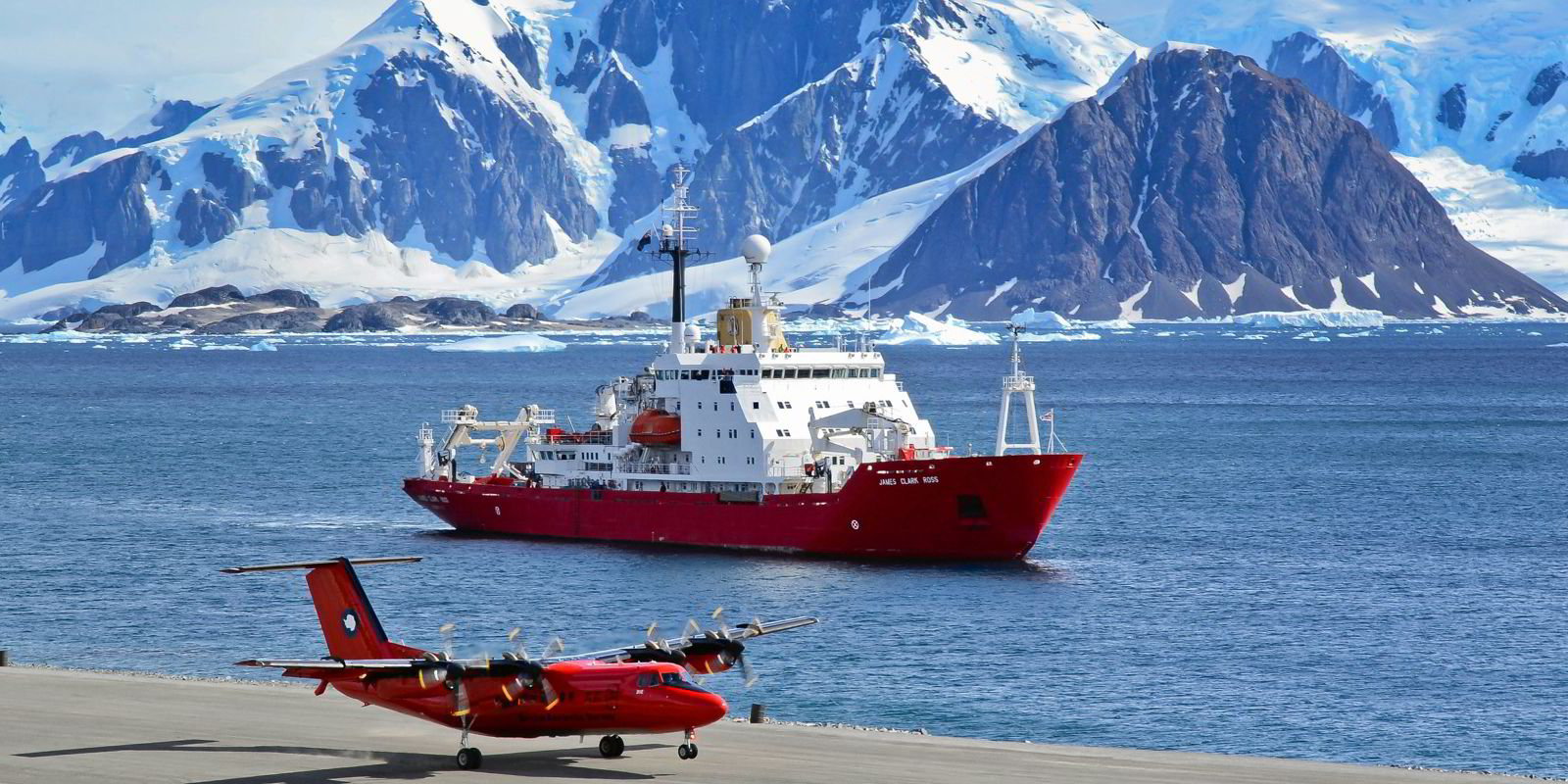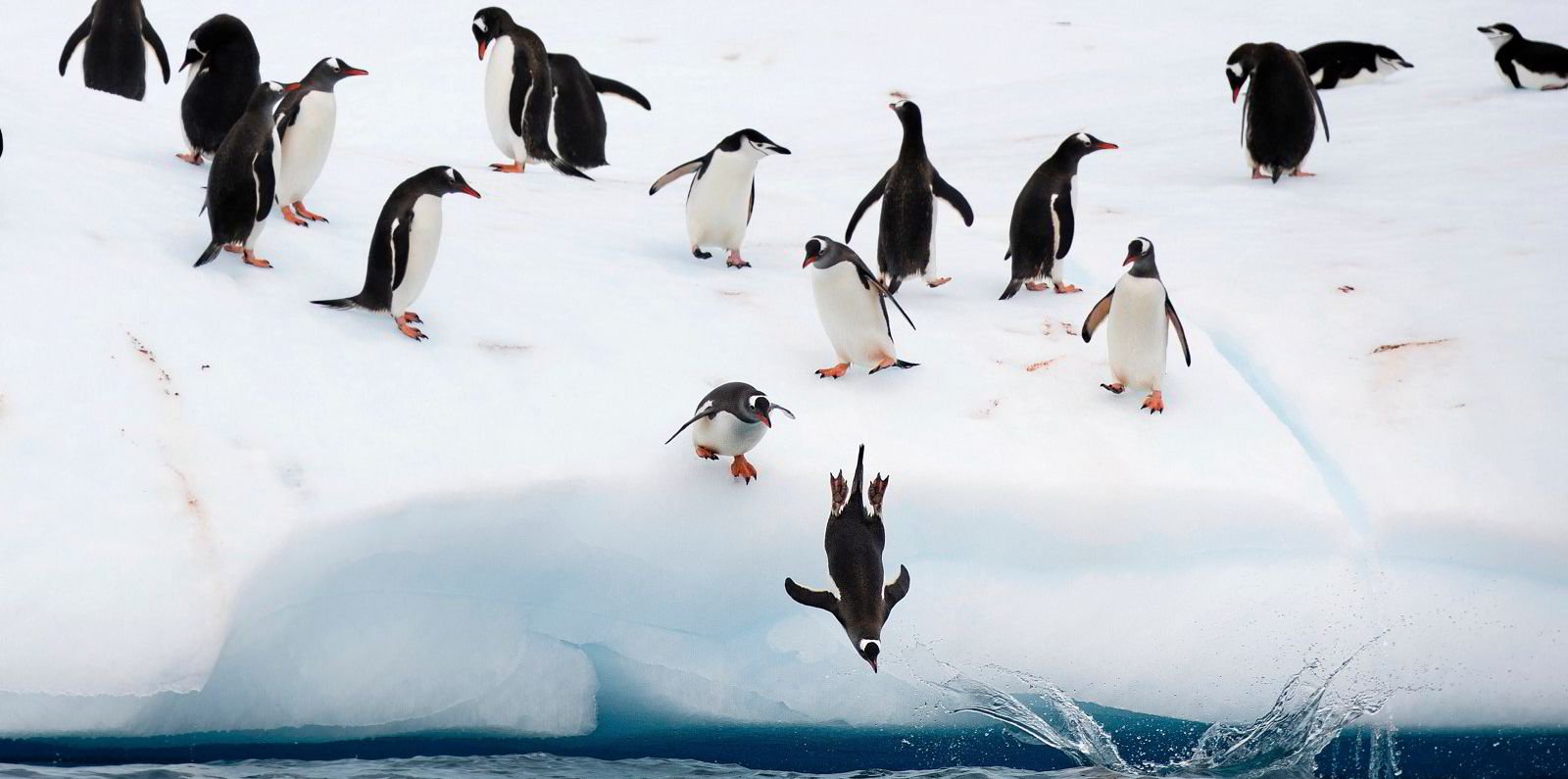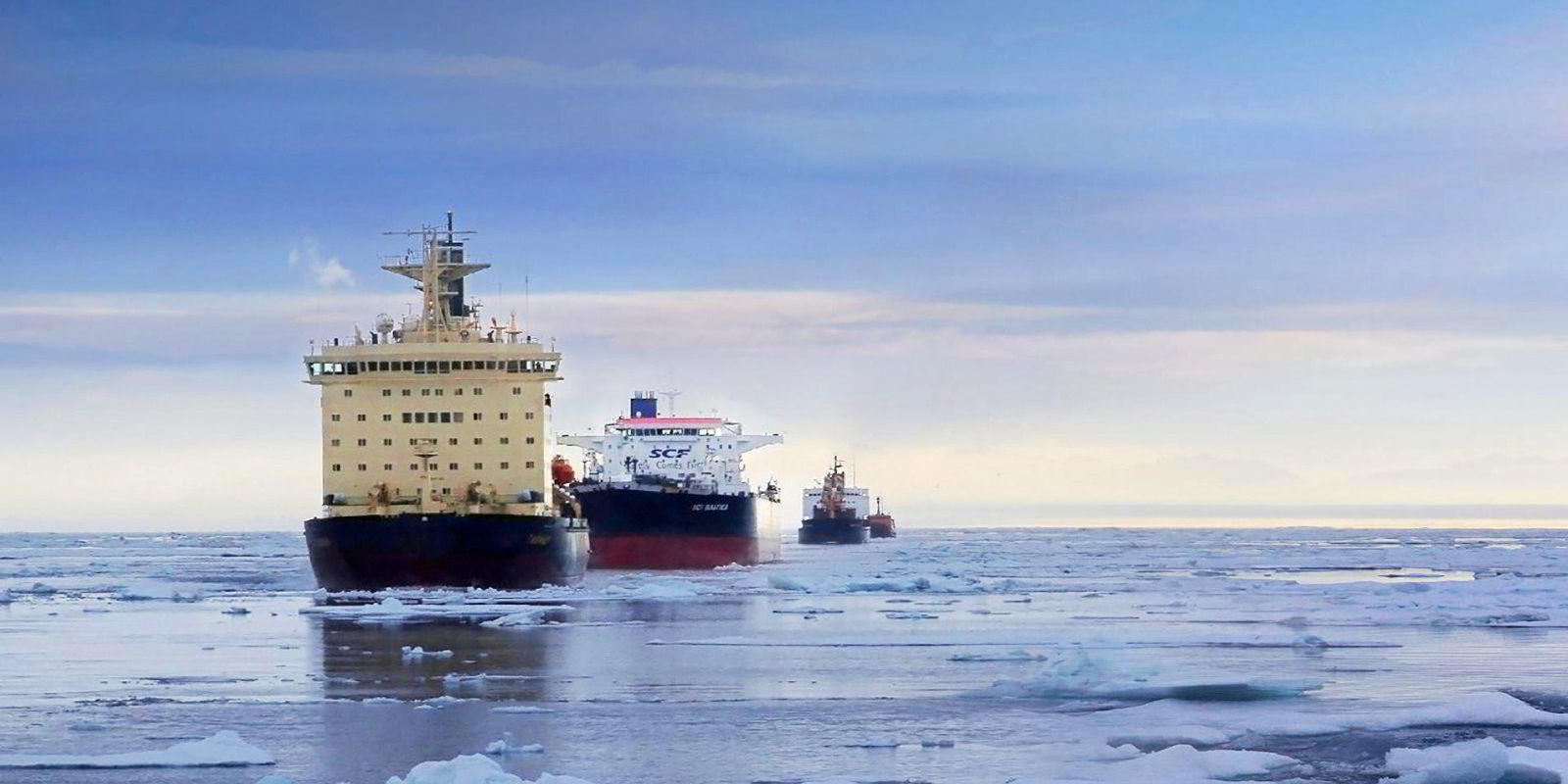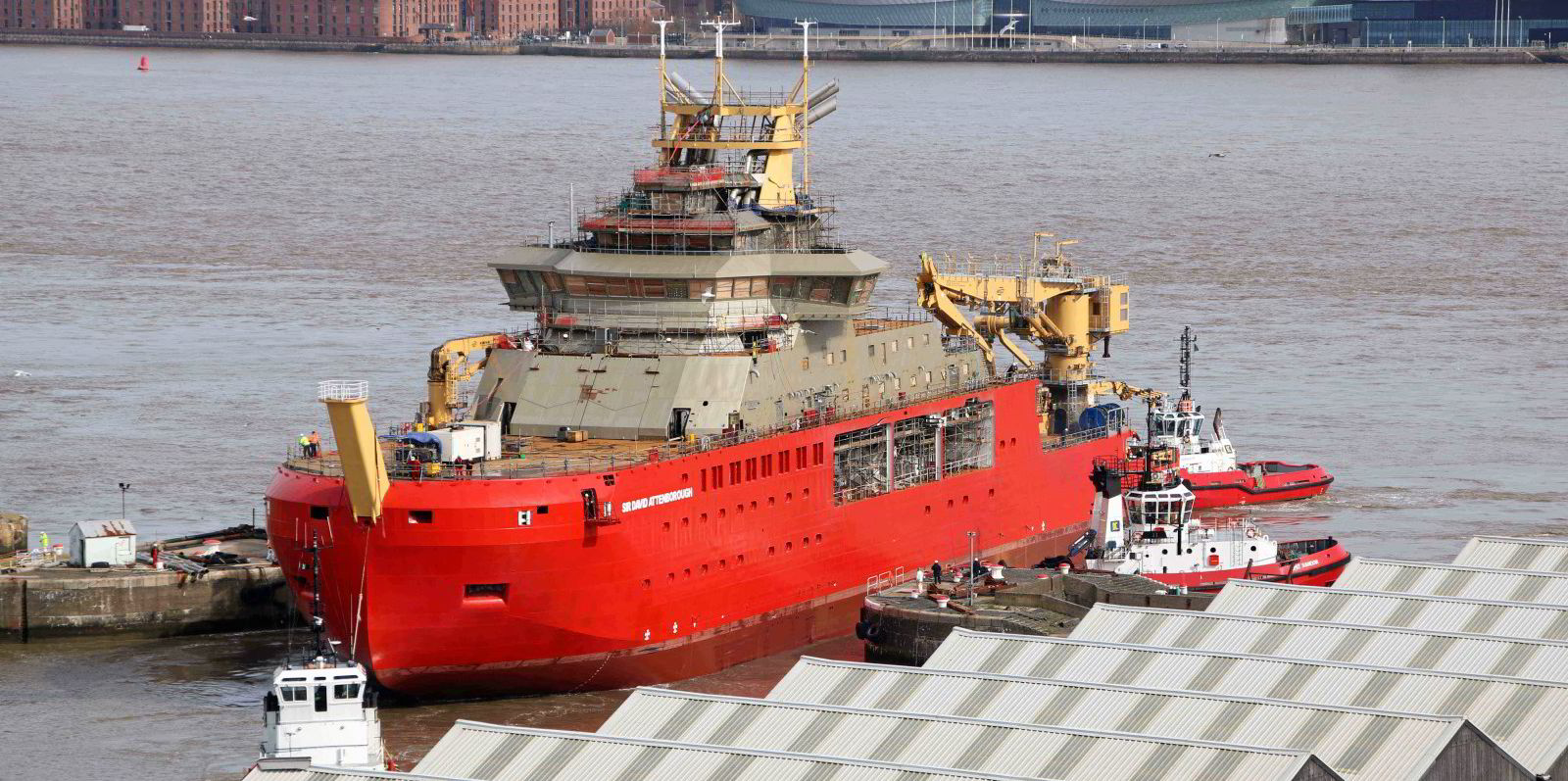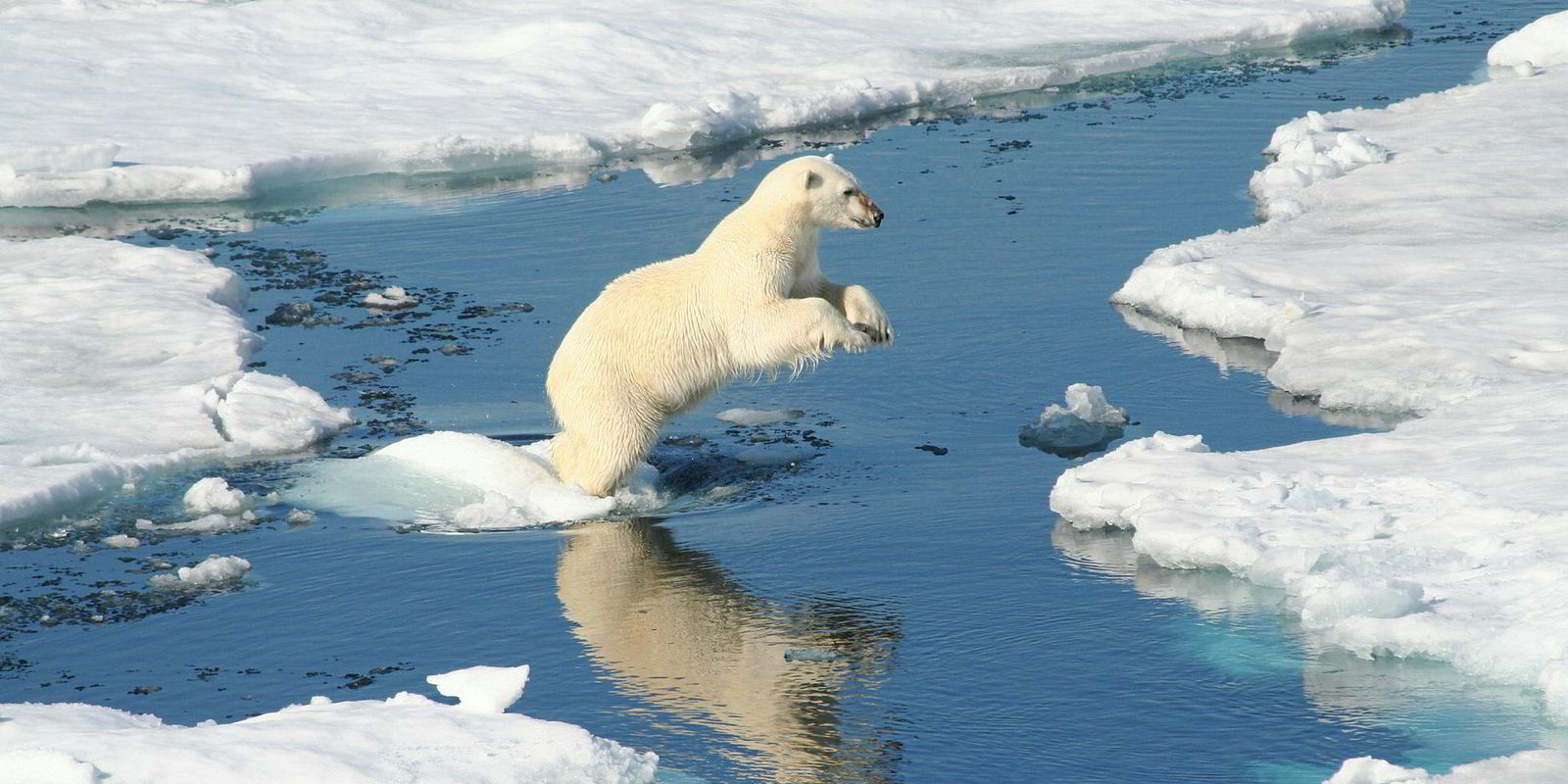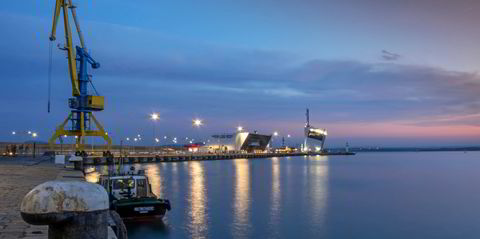It is ironic that shipping has been late and resistant to joining efforts to combat climate change, given that it has played a vital role in facilitating research to monitor greenhouse gas (GHG) levels.
Climate research at the poles is coordinated by scientists from all over the world, but the British Antarctic Survey (BAS), which will soon have four modern research vessels in operation, is among the biggest presences in the regions.
The newest vessel to be operated by the BAS is the 15,600-gt RRS Sir David Attenborough, which will be the world’s most sophisticated polar scientific research vessel when it begins operations.
The $280m vessel was ordered in 2016 for the Natural Environment Research Council at the Cammell Laird shipyard at Birkenhead, north-western England.
An online competition to name the ship led to an embarrassing result: voters wanted to call it Boaty McBoatface.
As a concession to the vote, one of the vessel’s remotely operated vehicles was christened Boaty McBoatface instead, but the ship itself was named after the eminent zoologist and broadcaster Sir David Attenborough.
Ice-classed vessels have played a vital role in British research activities in the Antarctic since 1943. The BAS also operates five research stations and five aircraft.
Initially, ships were used to establish bases and transport staff, supplies and mail. As time went on, they also allowed scientists to get to previously inaccessible locations.
Officers on board the vessels played a key role in helping with hydrographic survey and sea ice observation work while navigating the treacherous waters.
After an initial two-year research mission in the Antarctic in 1943, modern activities were rooted in the Falkland Islands Dependencies Survey, which was established in 1947 and bought its first vessel, the MV John.
Drilling down 800,000 years
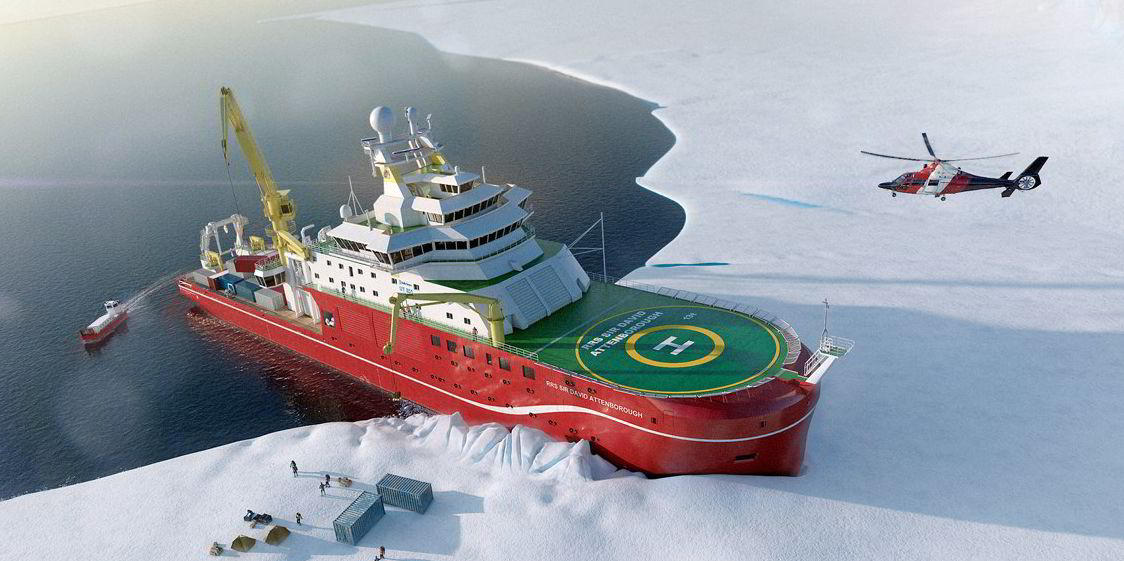
One of the BAS’ big research projects is the International Thwaites Glacier Collaboration. This joint UK-US programme aims to improve the understanding of the processes affecting ice sheet stability, which will help predict the impact of sea-level rise from meltwater and other factors at Thwaites Glacier in West Antarctica.
The Sir David Attenborough is due to assist at this project this year, resupplying stations and delivering essential equipment and supplies.
However, time is running short to ensure the ship achieves seaworthiness for its maiden voyage to the South Pole. It went back to the yard after two crew members suffered minor injuries in sea trials in March when they were trapped inside a lifeboat that rolled on to its side during a launching test at Loch Buie, western Scotland.
A BAS spokesperson tells TW+ the accident will not delay the overall sea trials. Scientific equipment that was due to be installed in Norway will now be fitted at Cammell Laird.
As part of the study of ice sheet stability, a research team on board the 5,400-gt RRS James Cook (built 2006), which is operated by the National Oceanography Centre, deployed two robotic gliders to take measurements around an iceberg, A68a, that broke away from Antarctica’s Larsen C Ice Shelf in 2017.
Hard-hitting questions

A68a has since broken into countless smaller fragments that the US National Ice Center has said are no longer worth tracking.
BAS headquarters in Cambridge house its ice core lab, where samples drilled from within the Antarctic sea ice at depths of hundreds of metres are analysed to understand the concentration and isotopic composition of historic GHG levels.
Gas trapped inside these ice cores is used to model historic levels of CO2, methane and other GHGs going back as far as 800,000 years, to understand how the earth’s climate and carbon cycle have interacted in the past and what might happen in the future.
These ice cores provide evidence that since the start of the Industrial Revolution, the amount of GHGs entering the atmosphere has increased beyond that caused by natural events.
The present concentration of CO2 in the atmosphere exceeds any value measured in historic ice cores dating back hundreds of thousands of years, the research shows.
As part of its research, the lab is looking at some hard-hitting questions.
Can changes in sea ice around Antarctica affect the ability of the ocean to absorb CO2 that originates from human activity?
And what will be the role of the earth’s soil in a warming world — will it act as a source or a sink for carbon?
Evidence for climate change is found not only within polar ice. Worldwide, average air and ocean temperatures are rising, most glaciers are shrinking, oceans are become more acidic and sea levels are rising.
The Antarctic Peninsula’s average annual temperature has risen by up to 3.2°C in the past 60 years, contributing to the collapse of some smaller ice shelves.
The average global sea level has risen by 20cm since 1900 and is now rising at around 3.2cm per decade.
The statistics are a sobering reminder for shipping that time is of the essence when it comes to decarbonisation.
